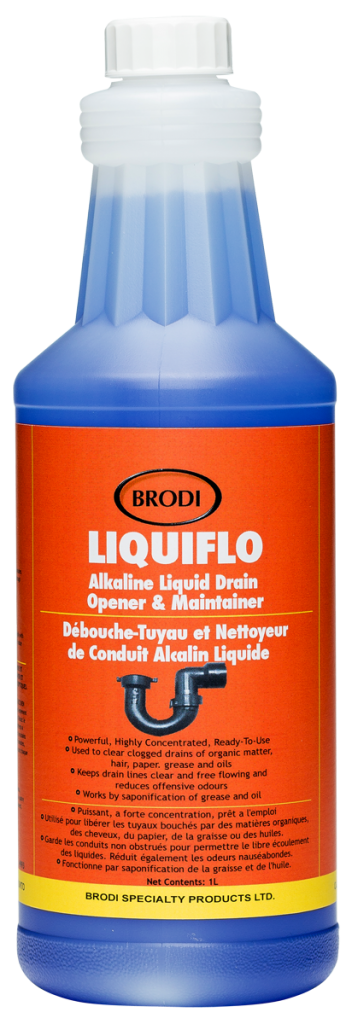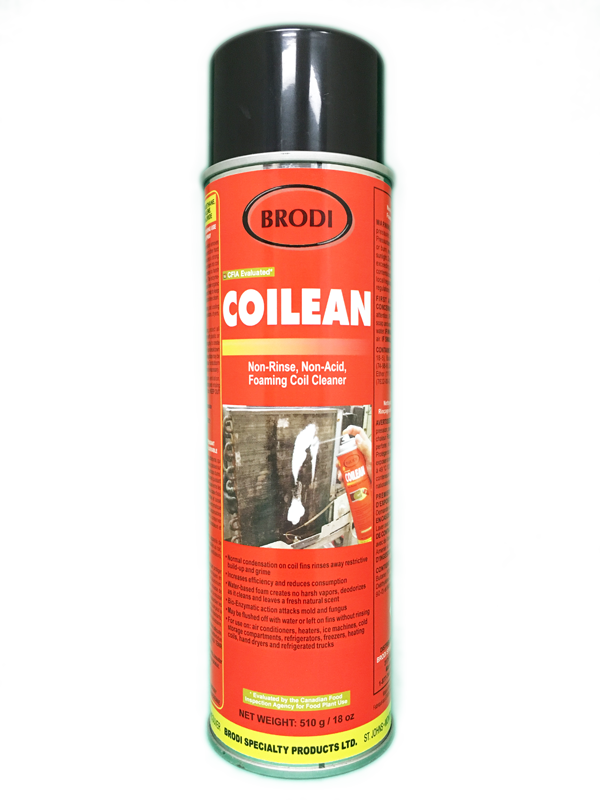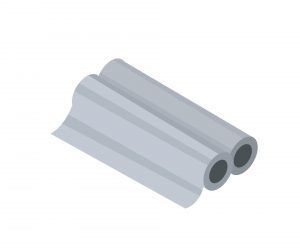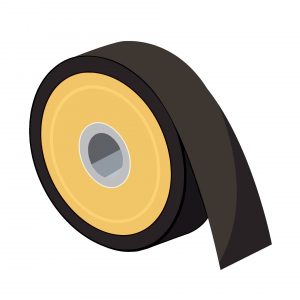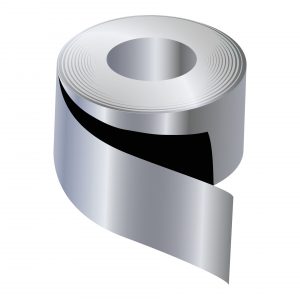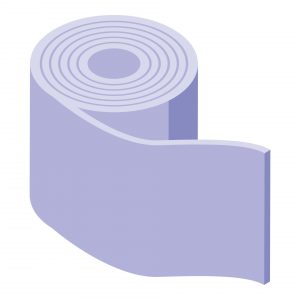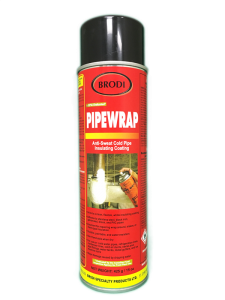Few household nuisances are as frustrating as slow-running or clogged drains. Whether it’s a sluggish bathtub drain or a sink that takes forever to clear, these issues can disrupt your daily routine and lead to unpleasant odors and potential water damage. Fear not, though; with a bit of knowledge and some basic tools, you can often tackle these problems on your own, saving time and money on professional plumbing services. In this in-depth guide, we’ll explore common causes of slow-running or clogged drains and provide effective solutions tailored to various scenarios.
Understanding Slow-Running Drains:
Before we dive into the solutions, it’s essential to understand why drains become slow or clogged in the first place. Various factors can contribute to this problem, including:
1. Hair and Soap Scum: In bathroom drains, hair and soap scum are common culprits for clogs. Over time, they can accumulate and restrict water flow.
2. Food Debris: In kitchen sinks, food particles, grease, and soap residue can build up in the drain, causing slow drainage.
3. Foreign Objects: Sometimes, foreign objects like jewelry or small toys can accidentally fall into drains, causing blockages.
4. Mineral Buildup: In areas with hard water, mineral deposits can accumulate in pipes, reducing their diameter and slowing water flow.
5. Tree Roots: In outdoor drains, invasive tree roots can penetrate pipes, causing blockages and damage.
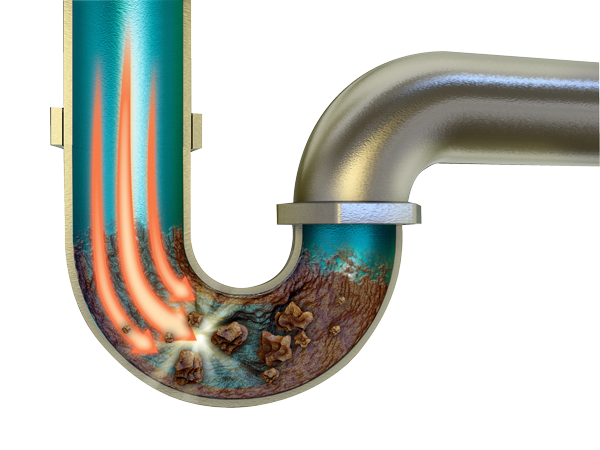
How to Prevent a Clogged Drain
Preventing a clogged drain is far easier than dealing with the messy aftermath. With a few simple habits and preventive measures, you can significantly reduce the chances of your sinks, showers, and tubs succumbing to a clog.
1. Use Drain Screens: One of the easiest and most effective ways to prevent clogs is by using drain screens or catchers. These inexpensive devices fit over your drain openings, trapping hair, soap scum, food particles, and other debris before they enter the pipes. Regularly empty the screens and clean them to ensure optimal functionality.
2. Be Mindful of What Goes Down: Avoid treating your drains like garbage disposals. Don’t pour grease, oil, or large food scraps down the kitchen sink. Dispose of cooking oil in a container, and throw food scraps into the compost bin or trash. In the bathroom, dispose of facial tissues, cotton balls, and dental floss in the trash instead of flushing them down the toilet.
3. Regular Hot Water Flushing: Pouring hot water down the drain regularly can help dissolve accumulated grease and soap residue, keeping the pipes clear. Make it a monthly habit to pour a kettle of boiling water down each drain in your home. This simple practice can prevent buildup and keep water flowing freely.
4. Regular Cleaning: Clean your drains regularly, even if they aren’t showing signs of a clog. For kitchen sinks, bathroom sinks and tubs, use fix clogged drains solution and remove the drain stoppers and clean them thoroughly, removing any hair or debris that might have accumulated. Regular cleaning prevents the gradual buildup of substances that lead to clogs.
5. Be Careful with Chemical Cleaners: While chemical drain cleaners can be effective, they are also harsh on your pipes and the environment. If you choose to use them, follow the instructions carefully and consider natural alternatives first. Chemical cleaners should be a last resort and used sparingly to avoid damaging your plumbing system.
6. Professional Drain Inspections: Consider scheduling regular professional drain inspections, especially if you live in an older home or suspect underlying issues. Plumbers can use specialized tools like drain cameras to inspect the interior of your pipes, detecting potential problems before they escalate into full-blown clogs.
By adopting these preventive measures and being mindful of what goes down your drains, you can significantly reduce the risk of encountering clogged pipes. Regular maintenance and a few simple habits can save you from the inconvenience and expense of dealing with blocked drains, ensuring a smoothly flowing plumbing system in your home.
Choosing the Best Drain Cleaner for Kitchen, Bathroom and Other Drain Clogs
When it comes to tackling stubborn clogs in your kitchen, bathroom, or any other drain in your home, finding a powerful yet safe solution is paramount. Liquiflo Drain Cleaner emerges as a reliable choice, offering a multitude of benefits and versatile applications.
Benefits of Liquiflo Drain Cleaner:
Fumeless and Odorless: Liquiflo Drain Cleaner stands out as a fumeless and odorless option. This feature makes it perfect for use in all areas, ensuring that offensive odors and fumes won’t disturb your surroundings.
Effective Kitchen Solution: In kitchen drains, Liquiflo Drain Cleaner excels at breaking down food build-up and coffee grounds. Its powerful formula dissolves organic matter, grease, and oils, leaving your kitchen drains clear and free-flowing.
Ideal for Bathtubs: Liquiflo Drain Cleaner is specifically designed to tackle hair and soap build-up inside drain pipes, making it a perfect choice for bathtubs. It effortlessly dissolves accumulated residues, ensuring your bathwater drains smoothly.
Prevents Unpleasant Odors: As a drain maintainer, Liquiflo keeps drain lines clear and free-flowing, which, in turn, reduces offensive odors. This is particularly beneficial in environments where the accumulation of rancid organic materials can lead to unpleasant smells.
Versatile Usage in Various Settings: Liquiflo Drain Cleaner is not just limited to home use. It is highly recommended for preventive maintenance in drinking fountains, making it an excellent choice for public spaces and commercial establishments.
Perfect for Specialized Facilities: Its efficacy is not limited to regular drains. Liquiflo is an excellent solution for plaster traps commonly found in dental offices and hospital fracture clinics. It is also a go-to option in hospitals and healthcare facilities for breaking down biofilm accumulation in drains, ensuring a hygienic environment.
Unclogs Various Fixtures: Liquiflo Drain Cleaner is versatile enough to be used in floor drains, toilets, urinals, and any other blocked or slow-running drains. Its powerful formula dissolves blockages, allowing water to flow freely once again.
Liquiflo fix clogged drains stands as a potent solution for a variety of drain-related challenges. Its fumeless and odorless nature, coupled with its effectiveness in dissolving a wide range of materials, makes it an ideal choice for both home and commercial use. From kitchens to bathrooms, public areas to specialized facilities, Liquiflo Drain Cleaner offers a versatile and reliable way to keep your drains clear, free-flowing, and odor-free. Choosing Liquiflo means choosing efficiency, versatility, and a hassle-free solution to your drain clogging woes.
Preventing Future Issues:
Regular Cleaning: Run hot water down the drains weekly to help prevent the buildup of soap scum and grease.
Use Drain Strainers: Install drain strainers in sinks and bathtubs to catch hair and debris, preventing them from entering the drains.
Be Mindful of What Goes Down the Drain: Avoid pouring grease, coffee grounds, or food particles down the sink. Dispose of these items properly.
Monthly Maintenance: Consider a monthly maintenance routine using fix clogged drains product to keep drains clear.
By following these steps and staying vigilant about preventive measures, you can effectively tackle slow-running or clogged drains in your home. Remember, patience and persistence are key, and if a clog persists despite your efforts, don’t hesitate to seek professional plumbing assistance. With the right techniques and a proactive approach, you can keep your drains running smoothly, ensuring a hassle-free plumbing experience in your household.


